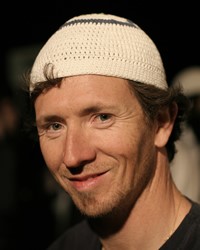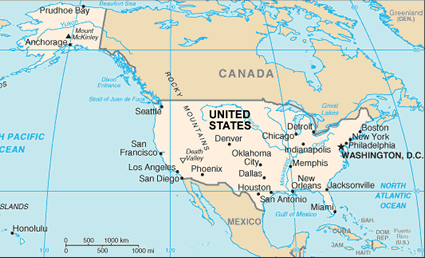Yiddish, derived from Medieval High German, is a common language among northern European Jewish. In the nineteenth century, many Yiddish-speaking Eastern European Jewish immigrated to the United States. Many settled on the east and west coasts of the United States. In the twentieth century, many more came, having survived the Holocaust. Over the years, Yiddish gave way to English, and the number of Yiddish speakers declined, as did much of its vibrant literature and drama. Yiddish words affected New York English. The language persists and is growing among Hasidic, Orthodox and Ultra-Orthodox Jewish, who use it at home and school. It also persists as a cultural marker among nominal, cultural Jewish, but to a much lesser degree.
Fervency of Orthodoxy and Ultra-Orthodoxy close Hasidim Jewish to the gospel. Biblical illiteracy and secularism tend to close non-Hasidim Yiddish speakers to the gospel. The Holocaust is another obstacle shared by non-Yiddish-speaking Jewish. Historical antisemitism turns many Jewish away from the Messiah. Yiddish speakers also live in a closed community.
Pray that God would prepare Yiddish-speaking Jewish for gospel witness and a massive movement to their Messiah.
Pray that the non-Jewish church would repent of antisemitism.
Pray that Messianic believers would be Jesus' ambassadors to this community.
Scripture Prayers for the Jewish, Eastern Yiddish-speaking in United States.
| Profile Source: Joshua Project |













